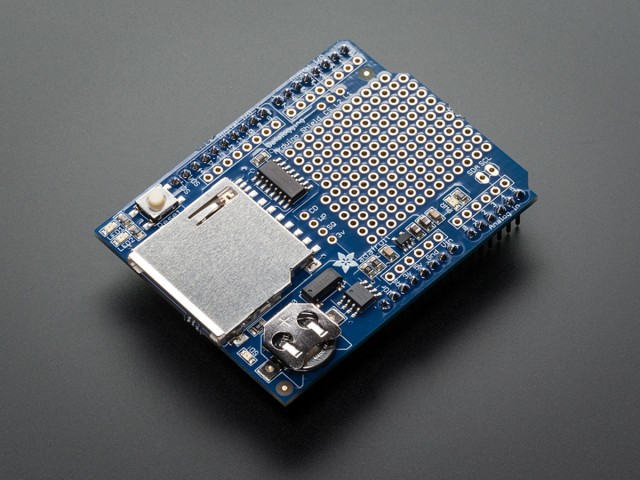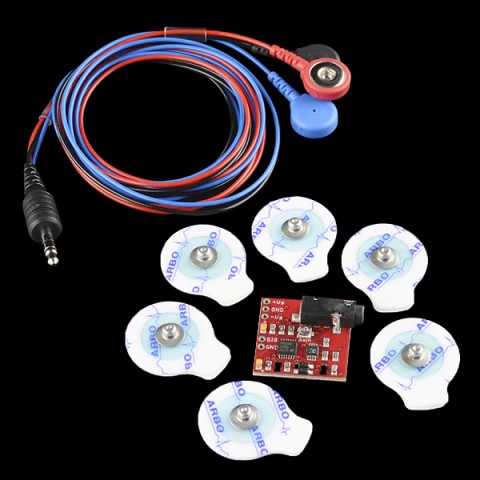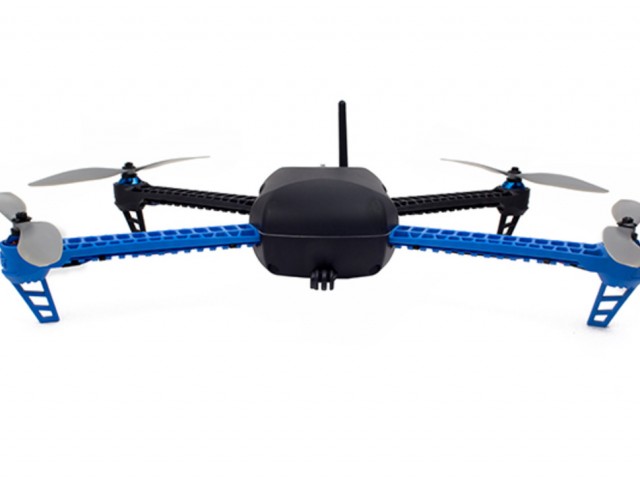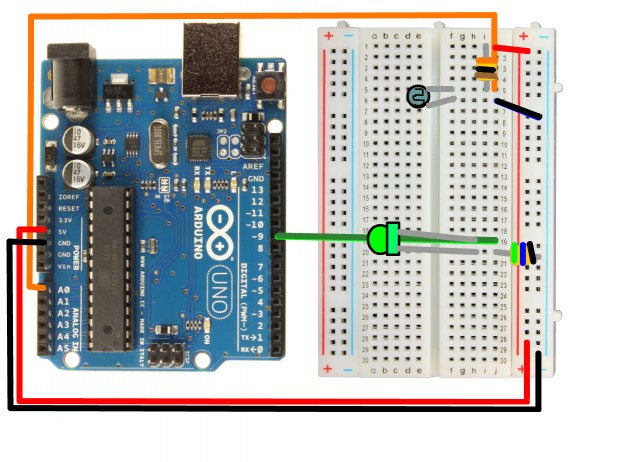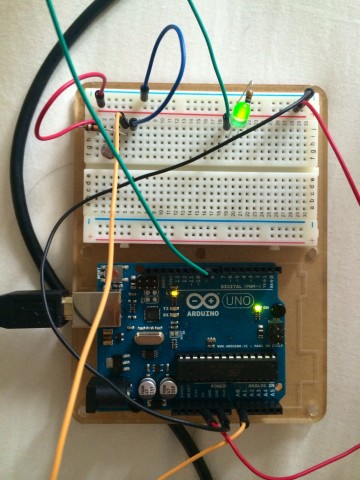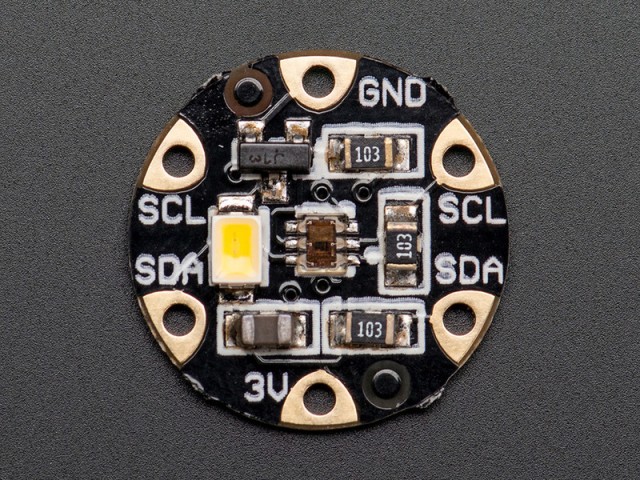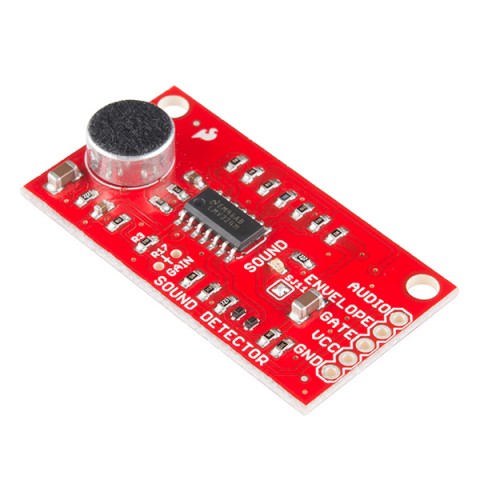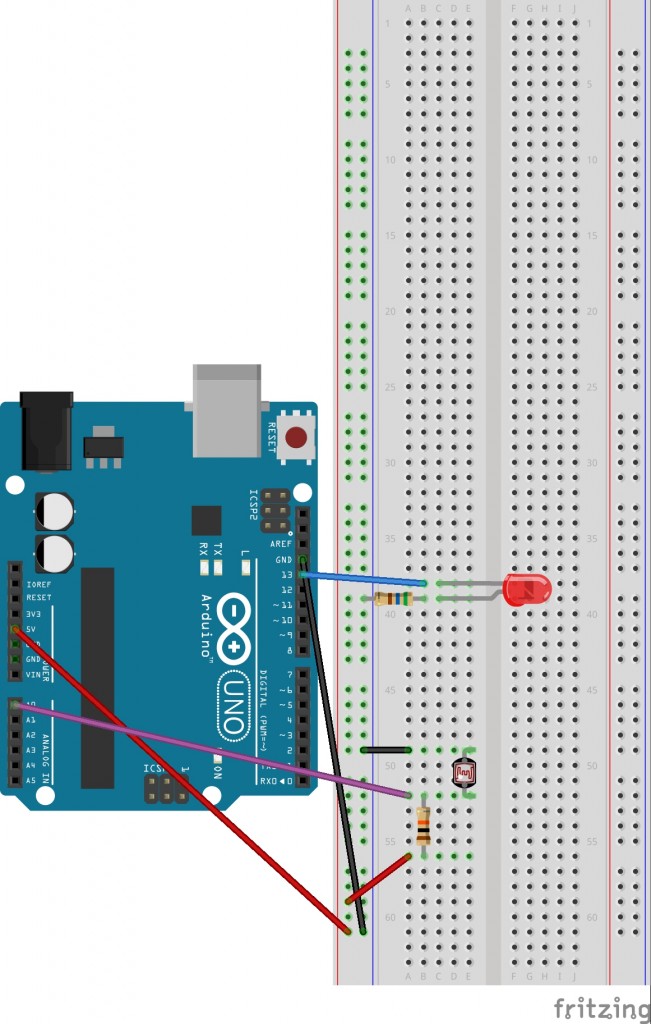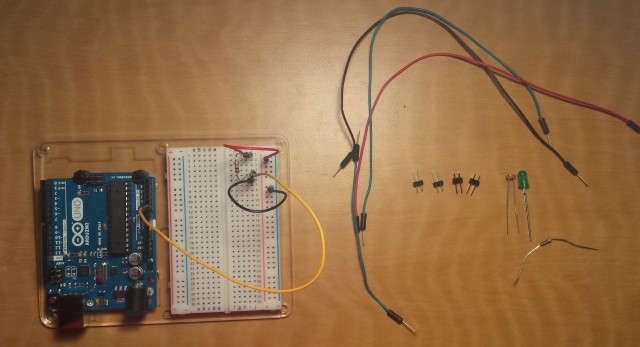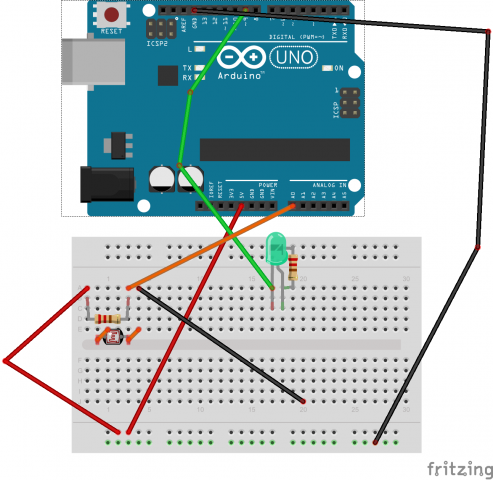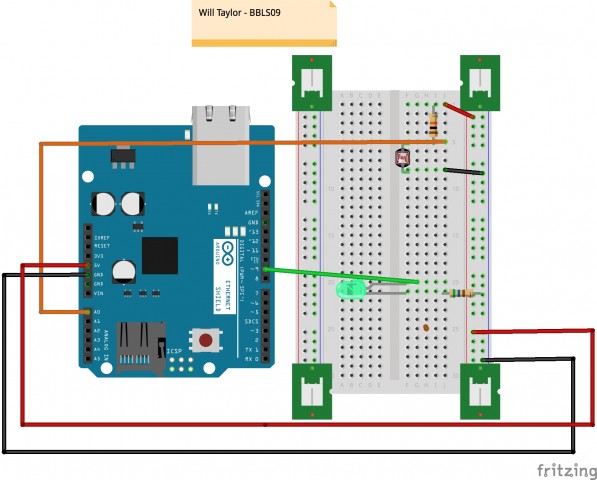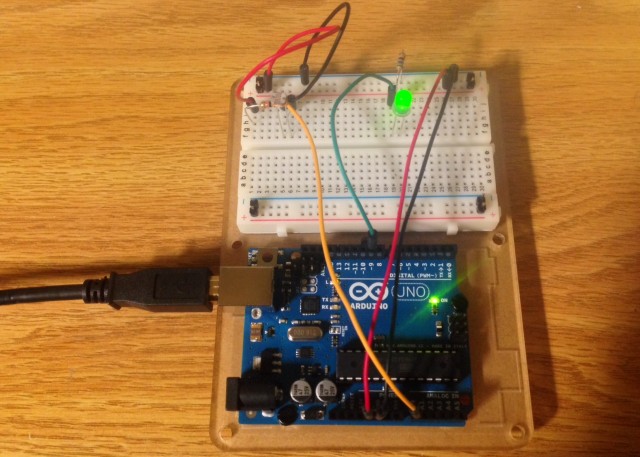Looking Outwards – Arduino Parts
Adafruit Assembled Data Logging Shield
Data logging would be essential for any project that required the gathering of information in the real world for later use. This part does what it says on the tin, recording the information to an SD card.
Personally, I immediately thought of a system whereby a worn Arduino that records everything that I say as I go through the world. This would give me a large amount of data for a project that I’ve been considering for a while now.
https://www.adafruit.com/products/1141
Muscle Sensor v3 Kit
This kit allows the Arduino to know when the muscles it is attached to are stressed. This essentially creates a near-invisible, non-physical input directly related to the human body.
While this technology is advertised as a way of creating controllers, I think that a lot of potential lies in these devices being passive. It would be interesting to have a system that knows how you legs are moving when you walk around in the world, and plays with that information.
https://www.sparkfun.com/products/11776
